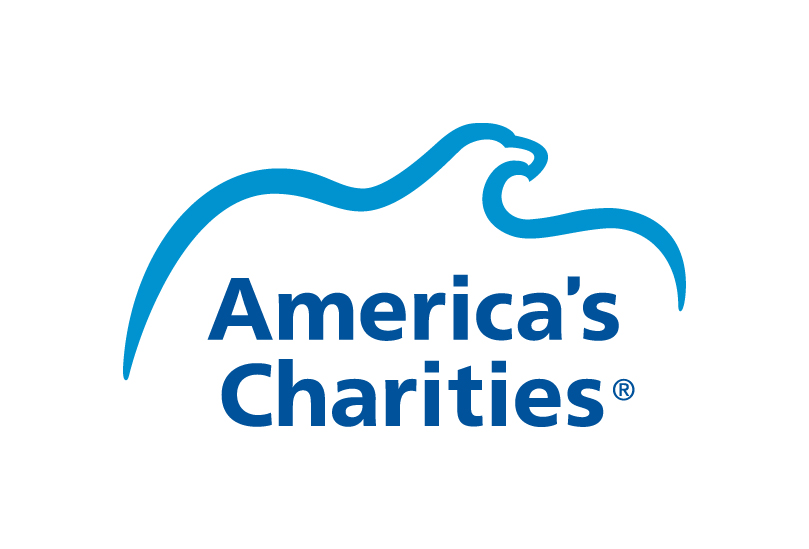Modernizing Workplace Giving Because Millennials Want Us To
Register Now! April 3-4, 2014 for the Charities@Work 13th Annual Best Practices Summit on Employee Engagement in Corporate Citizenship.
______________________________________
By Peter Dudley, Community Support Programs Manager, Wells Fargo
I always learn a lot from talking with my peers at other companies, even if all I learn is that I’m not the only one struggling with certain problems. At a meeting recently, for example, I informally polled half a dozen workplace giving managers. They all said the same thing: “I’m raising more money, but fewer people are giving.” This mirrors my experience at Wells Fargo, where our workplace giving campaign has doubled in five years—from $42 million in 2009 to $89 million in 2013—while the number of people participating has stayed flat at about 97,000.
Meanwhile, our campaign exhibits other characteristics typical to overall giving trends: older donors are giving more than younger donors, and fewer younger people are giving. For all the kerfuffle about engaging Millennials, I can’t believe this is a new trend. We should expect that the people with more ability to give would, on average, give more.
Years ago, if I’d looked at the donor rates at all, I’d probably have just shrugged and left it at that, content that we were sending tons more money to the community. But now we better understand the relationship between community involvement and job engagement; we know that young people are in fact giving generously; and the nature of the workforce is changing with more mobility, more access to information, and less trust and patience. Plus, many of our biggest donors are looking at retirement in the next few years.
To a workplace giving program manager like me, all this looks remarkably like a pipeline that’s drying up. I can squeeze more money from my aging donors today, but if we’re not bringing young donors into workplace giving, where will our older donors come from ten years from now?
The knee-jerk reaction would be to ask myself, “How do I convince them to give through my campaign?” I’ve been advised to dive into social media because that’s “where Millennials live,” to make our fundraising events and branding more “cool” and “fun,” to create online games that will get Millennials’ attention. While these may all be good ideas, I think they’re red herrings.
The problem is that I am not in the business of running a workplace giving campaign. I am in the business of making it easy for Wells Fargo employees to help in their community. And that means this is not a problem of communications, branding, or messaging. It’s a problem of service. It’s a problem of modernization.
Really, Millennials want the same things anyone ever has. They want to help. They want to know their contribution is making a real difference. They want to be part of something bigger than themselves, and if they can have fun and be social while doing it, even better. Finally, they want convenience; who has extra, unused time on their hands? Not me, that’s for sure.
Then what is different today? Basically, the speed at which things happen.
In the past, an annual workplace giving campaign worked because people could think annually. Taxes are paid annually. Performance reviews and raises happen annually. Signing up for benefits happens annually. School starts and ends the same time every year. “Annual” works for planning.
But charitable giving is emotional—we give to causes and organizations we connect with—and emotions are not easily planned out.
_________________________________________________________________________
Join us this spring, April 3-4, 2014 for the Charities@Work 13th Annual Best Practices Summit on Employee Engagement in Corporate Citizenship.
The Annual Charities@Work Summit is one of the country’s leading conferences on employee engagement and corporate social responsibility. Attendees include Fortune 500 companies across all sectors of business, each with philanthropic and employee engagement programs of varying sophistication and a desire to collaborate on best practices for practical improvements.
2014 Summit Theme: Collaborating for Impact
Incorporating various formats, including key note presentations, panel discussions, workshops, and peer-to-peer breakout sessions, topics from this year’s summit will include:
- Building successful cross-sector collaboration initiatives
- Engaging employees in the non-traditional workforces
- How digital culture is transforming philanthropy
- The evolution from workplace giving to employee engagement



